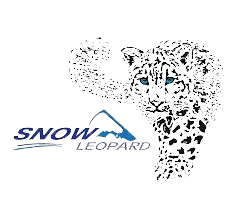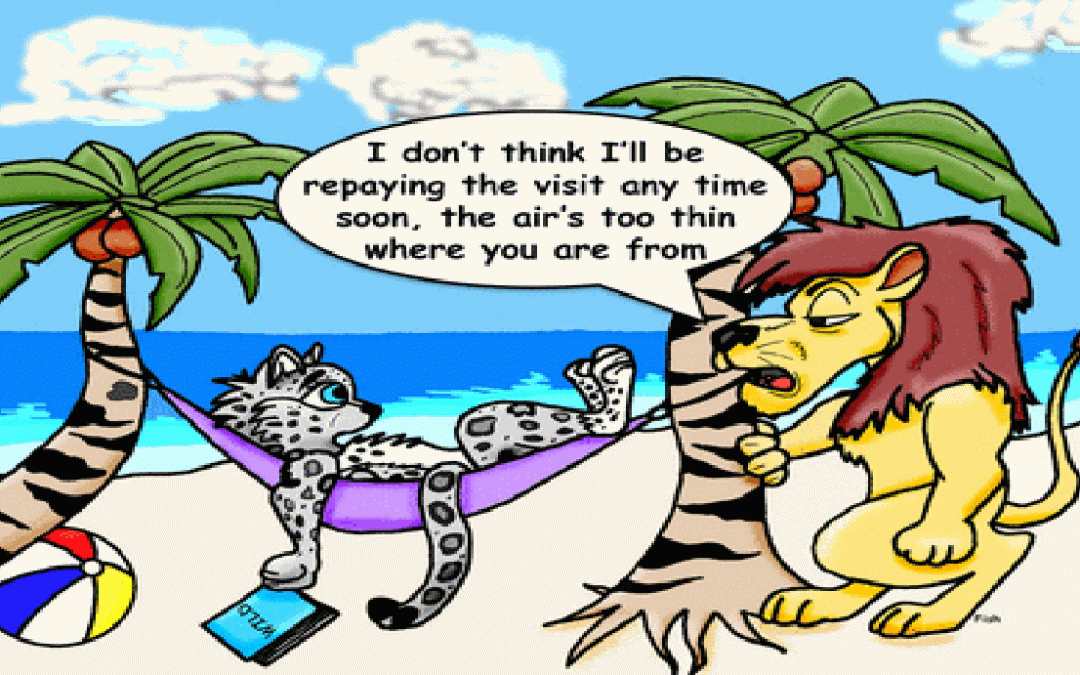Genetically based modifications of hemoglobin (Hb) function that increase blood–O2 affinity are hallmarks of hypoxia adaptation in vertebrates. Among mammals, felid Hbs are unusual in that they have low intrinsic O2 affinities and reduced sensitivities to the allosteric cofactor 2,3-diphosphoglycerate (DPG). This combination of features compromises the acclimatization capacity of blood–O2 affinity and has led to the hypothesis that felids have a restricted physiological niche breadth relative to other mammals. In seeming defiance of this conjecture, the snow leopard (Panthera uncia) has an extraordinarily broad elevational distribution and occurs at elevations above 6000 m in the Himalayas. Here, we characterized structural and functional variation of big cat Hbs and investigated molecular mechanisms of Hb adaptation and allosteric regulation that may contribute to the extreme hypoxia tolerance of the snow leopard. Experiments revealed that purified Hbs from snow leopard and African lion exhibited equally low O2 affinities and DPG sensitivities. Both properties are primarily attributable to a single amino acid substitution, β2His→Phe, which occurred in the common ancestor of Felidae. Given the low O2 affinity and reduced regulatory capacity of feline Hbs, the extreme hypoxia tolerance of snow leopards must be attributable to compensatory modifications of other steps in the O2-transport pathway.



